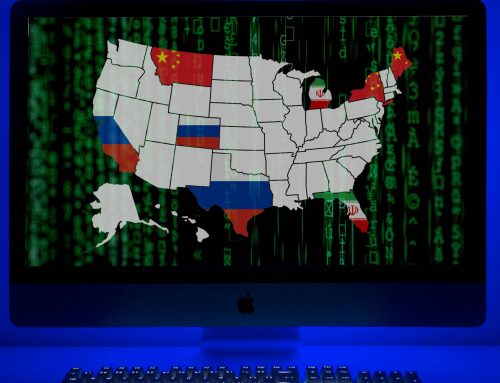Introduction
As a result of the 2020 and 2022 federal elections, the job of administering elections has dramatically changed in the United States, and the demands on the dedicated officials that run our elections have also increased. The people who run US elections are still largely living in the world that the 2020 elections made—a world shaped by conspiracy theories, threats, and attacks on the people and processes that guarantee election integrity.
The 2022 midterms were free and fair. And, due in part to election officials’ dedication to public communication and transparency, trust in the administration of elections is higher now than it was following the 2020 general election. Policymakers at the local, state, and federal levels should seize this moment and take action to protect our election infrastructure against new threats from autocratic actors, and they should make commonsense changes to strengthen our elections and improve the voter experience. This report presents 13 specific recommendations for election security reforms responsive to the current threat environment that can be advanced at both the federal and state level.
The Current Threat Environment
The 2022 midterms went surprisingly well in many respects. Thanks in part to the work of election officials and their partners, the midterms were not only administered in a free and fair manner but perceived as such across the political spectrum. The vast majority of the candidates who lost, including those who said they would not have certified the 2020 presidential election or were election deniers vying for positions that would have overseen future elections, also conceded in a clear, timely manner.
However, a relatively quiet 2022 does not mean we can assume the same in 2024. The United States must take steps to ensure that this diverse array of potential threats—including ongoing cyber threats from foreign adversaries like China, Russia, and Iran—does not derail future votes. Congress recently took an important first step by updating the Electoral Count Act, closing a loophole governing how Congress counts electoral votes in presidential elections. But, while it is now harder for Congress or rogue state officials to overturn legitimate election results, more action is needed to secure our democracy.
The threat posed by false narratives about election administration and election denialism has not completely vanished—far from it. During the midterms, bad actors questioned voters’ eligibility using flawed methods, intimidated voters at ballot drop boxes, and threatened to disrupt vote counting efforts. Election disinformation escalated as some well-funded candidates for secretary of state focused an increasing percentage of their social media posts on false election narratives as Election Day approached. Threats targeting election officials increased. Local officials in Arizona, Nevada, and Pennsylvania attempted to stop the certification of election results on little more than conjecture. And some of the election deniers who did win office have already begun to undermine long-standing election administration processes based on conspiracy theories. All of these actions further erode trust in US elections and democracy.
Overview
This report outlines additional steps that Congress and state legislatures can take to mitigate existing electoral vulnerabilities and prevent threats from undermining future elections. Federal laws to protect election workers, for example, are urgently needed and are clearly the role of Congress. At the same time, states should lead by passing needed protections and playing their historic role as laboratories of innovative democracy. The laws recently passed at the state level that improve protections, expand funding, and increase penalties for those who threaten election workers serve as demonstrations of these programs’ effectiveness that will hopefully build support for federal action.
Nearly all the recommendations in this report connect to the persistent lack of sufficient federal funding for local and state election administration. Our election infrastructure is chronically underfunded, forcing creative election officials to scramble every year to run safe, smooth, and secure elections. Ensuring robust annual appropriations for election funding is a critical step to help state and local election officials meet basic modernization, staffing, and security needs, as well as implement many of the other reforms listed below. Chris Krebs, the former director of the Cybersecurity and Infrastructure Security Agency (CISA), explained to the Senate Committee on Homeland Security and Governmental Affairs in December 2020 the central role that federal funding plays in securing US elections: Although election officials “had the will” to tackle security challenges, he stated, they “lacked the resources to replace aging or out-of-date systems and hardware”. Krebs called on Congress to “authorize and appropriate election-security grants on an annual basis to provide election officials consistent and dependable funding by which they can make appropriate infrastructure and personnel investments”. Unfortunately, in the more than two years since his testimony, Congress has failed to regularize or increase election funding.






